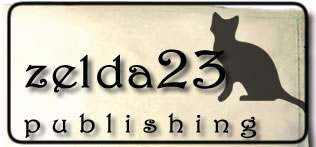Microsoft Word: Basics
- Navigate to:
- Word Basics
- Fonts and Styles
- Basic Text Formatting
- Clipart
- Tables
- Columns
- Headers and Footers
- Using Mail/Data Merge
- Video: Mail Merge on the Macintosh
- Video: Mail Merge in Windows
- Reviewing and Editing Documents
Microsoft Word is a word processing program that comes with the Microsoft Office suite of productivity tools. It is also one of the most popular programs of its type in the world.
The most current of versions of Word are version 2013 for Windows 98/2000/XP, and version 2011 for Mac OS X. Regardless of your version of Word, however, the program's icon will usually resemble a blue "W."
![]()
All documents created by Word end with the extension .doc and will have an icon typically resembling a piece of paper with the Word "W" icon represented within it.

When Word is first opened, you may be presented with a Project Gallery or start-up screen which gives you the opportunity to start a new document using a template, such as a resume or a letter. The screen shown here is the Project Gallery from Microsoft Word X for Macintosh but other versions typically have a similar selection of items at startup. Note the menu on the left-hand side of the window -- each of these items gives the Word user a wealth of templates, designs, and other helpful tools.

When you begin using Word, you may or may not have a number of toolbars located at the top of your screen. To access different Word toolbars, use the Ribbon of features across the top of your screen if you have the newest version of the program. Or, you may click the View menu, drag down to Toolbars, and choose any of the toolbars you desire from the submenu. Toolbars provide shortcuts to common tasks, which are represented by simple pictorial representations of the task (such as a large, boldface B for Bold text). The vast majority of users prefer to have the Standard and Formatting toolbars always at their disposal.


The Standard toolbar offers saving, printing, cut/copy/paste, table creation, zoom, help, and other basic operations. The Formatting toolbar offers typeface and style manipulation tools, as well as alignment, ordered lists, and promotion/demotion tools. If at any time you are unsure of what a tool in any toolbar means, simply hold the mouse cursor over the tool for a second and a text box will pop up with the name of the tool.

